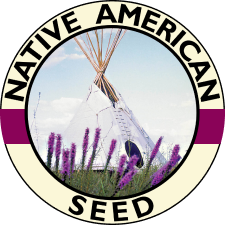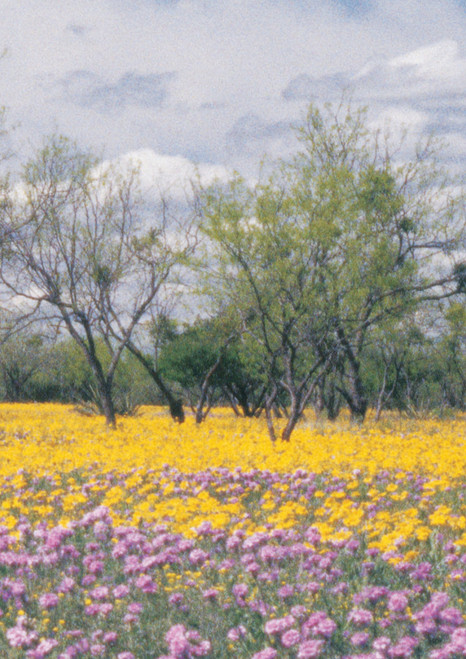Meet harsh challenges of dry, thin caliche-type soils. Fragile, crusty, dry, depleted soils require unique approaches to begin the healing process. Pay special attention to possible addition of organic matter or compost. Any supplemental amendments to make improved micro-environmental seedbed conditions will offer best chances for native seeds to thrive in their new home. Here is where your best erosion-prevention techniques will hold your precious soils and seeds together with natural care. When water is scarce and temperatures are high, erosion blankets can work miracles, even on flat ground, to bring newly seeded areas to life.
Over time, native perennial grasses will slowly heal damaged lands and stabilize vegetative cover. By planting in early spring, you take advantage of natural rainfall to sprout and establish the seeds. Later in the year, bronze, red, and golden colored seed-heads during the fall are a breathtaking addition to your native landscape.
The species work together to first hold and then gradually and naturally rebuild soil. Over time, the apex plant species will become dominant to meet the environmental conditions. For example, in a restored prairie, early pioneer grasses might establish first, but over time, taller and deeper-rooted native grasses like Big Bluestem (Andropogon gerardii), Indiangrass (Sorghastrum nutans) or Switchgrass (Panicum virgatum) could become dominant apex species. Special consideration should always be given to provide for erosion control, soil organic matter, and seed-to-soil contact.
Caliche Mix can be planted in a large geographic range not necessarily limited to areas dominated by calcareous (limestone based) soil types. This unique economical seed mixture has been developed as a cost-effective solution for sites that have been subjected to extensive disturbances. Generally, these include nearly bare, highly compacted, and or nutrient-poor soils in Central and Western portions of Texas. Exposed subsoil or man-made berms, slopes, dikes, roadways etc. also qualify—the types of problems that are not just limited to Central and West Texas but tend to follow us everywhere we go.
When it absolutely has to work, many contractors have come to rely on Caliche Mix to help solve their most challenging landscape restoration problems.
- BLUE GRAMA
- BUFFALOGRASS
- GREEN SPRANGLETOP
- INDIANGRASS
- PLAINS BRISTLEGRASS
- PRAIRIE WILDRYE
- PURPLE THREE-AWN
- SAND DROPSEED
- SIDEOATS GRAMA
- TALL DROPSEED
- LITTLE BLUESTEM
- SAND LOVEGRASS
- SLIM TRIDENS
- CURLY MESQUITE
- CANE BLUESTEM
- HOODED WINDMILL GRASS
- ARIZONA COTTONTOP
- RED LOVEGRASS













